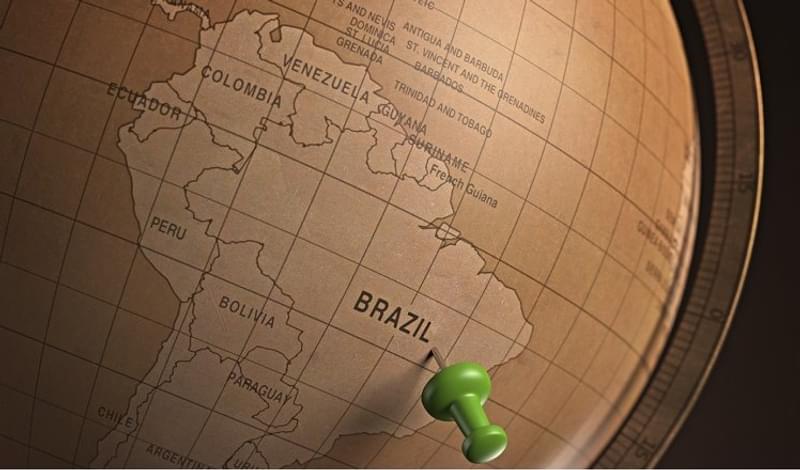Since interim president Michel Temer took over the Presidency from Dilma Rousseff in May, the outlook for Brazil has been gradually improving.
Although there are concerns that the markets could be overly optimistic about the country’s economic prospects going forward, the current external backdrop of high liquidity and low volatility in the FX market has improved the mood of investors.
Furthermore, since Temer’s election, Brazil has been going through a fairly smooth political transition. The relative calm resulting from this has also contributed to foreign investment.
“I do not see overly optimistic investors, but a more constructive view. Naturally, markets are anticipating a fix in economic policy,” said Zeina Latif, chief economist at XP Investimentos.
Brazil’s external accounts have been improving. The country’s current account gap is expected to close to -1% of GDP for 2016 and 2017, compared to -3% in 2015.
Nevertheless, external factors still pose risks to the recovery of the Brazilian economy, and a general risk off sentiment across EMs would impact Brazil heavily.
Despite external factors, one of the main internal issues affecting the economic recovery in Brazil is the country’s fiscal policy.
“The situation with the fiscal policy is dramatic, and there is no room for a quick fix.”
The Brazilian government has proposed primary deficits of BRL170.5bn and BRL139bn for 2016 and 2017 respectively. The country’s Finance Minister has also recently announced that there could be temporary tax increases.
However, Latif stated that the old formulas of the past such as cutting public investment and raising taxation are no longer effective.
“This is why the government has signaled for structural reforms such as a cap on spending and pension reforms.”
With the proposed reforms, in a best-case scenario the fiscal deficit will likely be balanced in 2019, but the debt to GDP ratio is not likely to stabilise before 2020 at best. The country’s debt to GDP ratio currently stands at 66.23% as of last year.
Despite the economic data, what has improved confidence in Brazil is the market perception that Brazil now has a constructive economic agenda as opposed to under Rousseff’s government.
“Fears of an inflationary spiral, debt default and economic collapse have reduced meaningfully.”
The reduced concern can be seen in the performance of the real. It has fallen from 4.15857 against the US dollar in January and is currently trading at 3.27213 to the dollar.
The strengthening of the real against the dollar can be attributed to favourable external conditions and Rousseff’s impeachment, which could also trigger FX inflows into the country.
However, the currency’s performance could face hurdles going forward from a strengthening US dollar (on a potential future rate hike).
Whilst investors are also likely to continue to remain interested in Brazilian debt, mainly due to the change in government, Latif noted that they should be cautious about the pace of improvement, as Brazil continues to faces problems, especially on the political front where corruption scandals still occur.









